[ad_1]
You’ve got your suitcase packed, your snacks all set, the directions queued up on your phone. Your playlist is good to go. You’ve got a full tank of gas. You hop in the car to hit the road and the car won’t start.
This is what it feels like to get a Google Ads campaign live, only to see no conversions.
Don’t worry. The trip must go on! This post covers everything you need to get your PPC engine up and running again so you can hit the road and reach your destination.
10 reasons your Google Ads aren’t converting (& how to fix!)
The reasons your Google Ads aren’t converting can range from technical errors to strategic snafus and everything in between. Here are 10 culprits and how to solve them.
1. It’s too early
If you’re just starting out in online advertising, it’s important to make sure you understand how machine learning works. Ad platforms are designed to deliver your ads based on the conditions you select, and then, as users interact with the campaign, use that data to detect patterns and further optimize.
In other words, it needs a certain amount of data in order to learn how to best serve your ad. The time it takes to meet this threshold is known as the algorithmic learning period, and will vary based on how many times your ad is getting served.
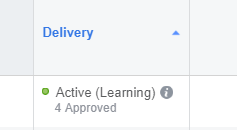
If your ads aren’t converting right away, Google may still be in that learning period. You may need to give your campaign more time to learn, or you may need to increase your budget or expand your targeting settings so that it can hit that threshold faster.
2. Your expectations are too high
Are your Google Ads not converting at all or simply not converting enough? If you’re getting zero conversions, there may be some troubleshooting to do (we cover several conversion tracking hangups here). If you’re getting fewer conversions than you expected, double-check your expectations.
In our latest search advertising benchmarks analysis (as of writing this post), we found the average conversion rate across 23 different industries to be 7.26%, but this should not be the standard you use to gauge your conversion rates. Instead, you should be looking at your industry average. After all, the average conversion rate for Furniture is 2.21% while for Physicians and Surgeons it’s 13.94%.
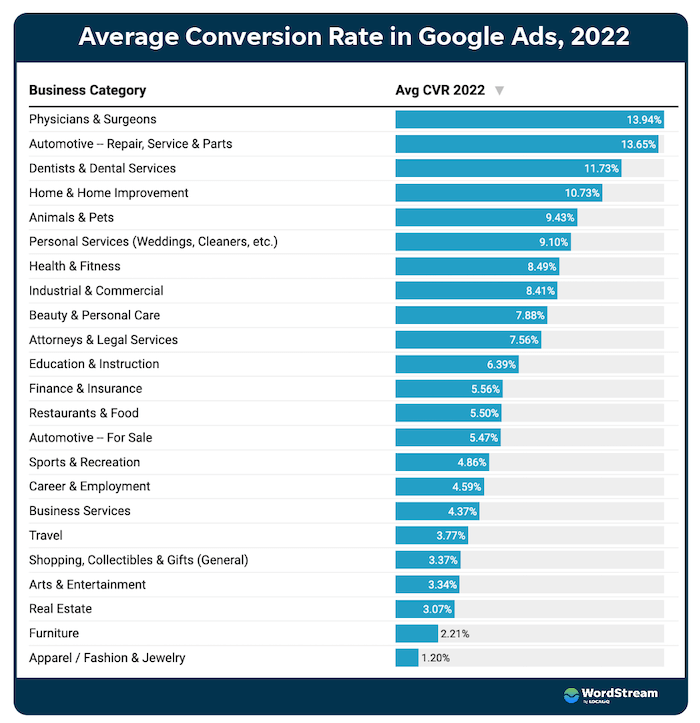
You can find our always-updated online advertising benchmarks here!
This is because some conversion actions are easier for customers to take (like making a call or booking an appointment) than others (like purchasing or signing up for a free trial). Even within your account you’ll have bigger commitment conversion actions in some campaigns than others.
3. Your conversion tracking is broken
If you’re seeing zero conversions for your Google Ads campaign, there’s a chance your conversion tracking may be broken or was not set up properly. If you were seeing conversions but aren’t anymore, check your change history to see if you made any changes that could have caused a problem.
If you haven’t seen any conversions at all, use our guide on how to set up Google Ads conversion tracking to make sure you got all the steps right.
4. Your location targeting is off
When you set up a Google Ads campaign, you will be asked to choose your location targeting. Of course, local businesses should target only their local area and national businesses may want to consider sticking just with major cities. But one nuance that could be impacting your conversion rates is the presence/interest settings.
You have three options:
- Presence or interest: People in, regularly in, OR showing interest that location.
- Presence: People in or regularly in that location.
- Interest: People searching for that location.
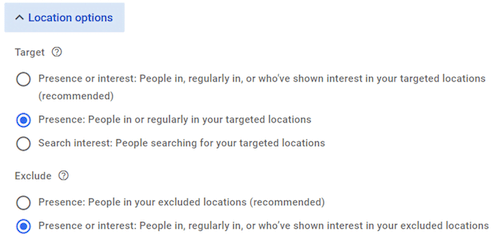
Google defaults to the top option, which is not ideal for some businesses. After all, a person looking up an area because they’ll be vacationing there is not going to be interested in veterinary services there. So make sure you choose the right setting for your business.
5. It’s a seasonal dip
If you’re just starting out in Google Ads, you will have your own learning to do about your audience and your campaigns. There will be certain times of the day, week, month, or year that your ads see spikes and dips in conversions. If you’re not experiencing any of the aforementioned conversion tracking hangups, your conversion rates may return to normal if given more time. If this is the case, take note of these patterns and be sure to adjust your bids or ad schedule accordingly.
(Note also that at the time of writing this post, conversion rates across industries are in a dip right now, due to the economy. We’ve seen an average overall decrease of 19% in conversion rate.)
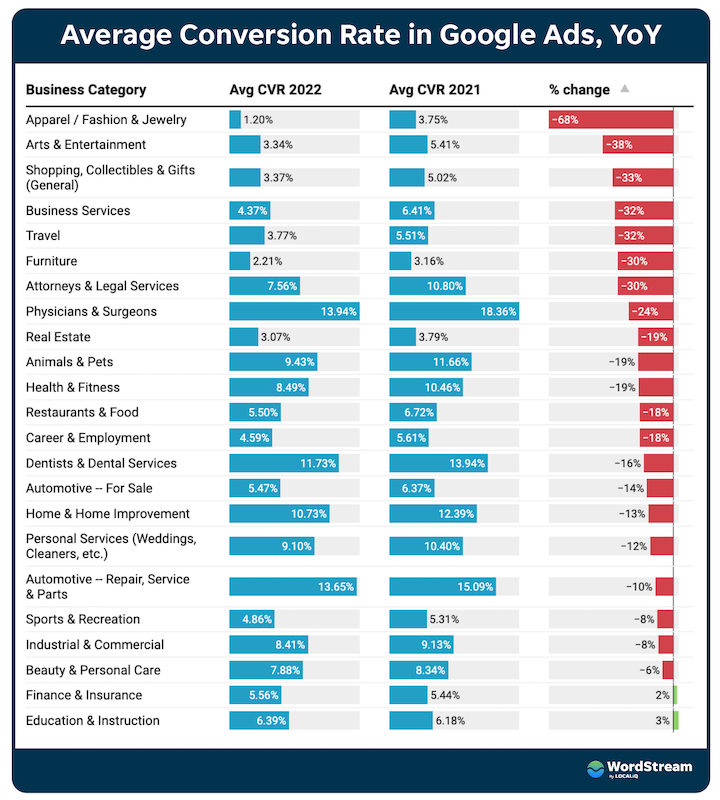
6. Your budget is too low
Even though the Google Ads auction is all about getting clicks at the lowest possible costs, it’s still a highly competitive channel and you need to bid high enough to keep up. If your bids are too low, Google may be struggling to find auctions for you to win.
If your bids are high enough but your budget is too low, Google will stop showing your ad when budget runs out, or will lower your bids so that your budget can last you longer. Campaigns with this scenario will appear as “limited by budget” in the status column.
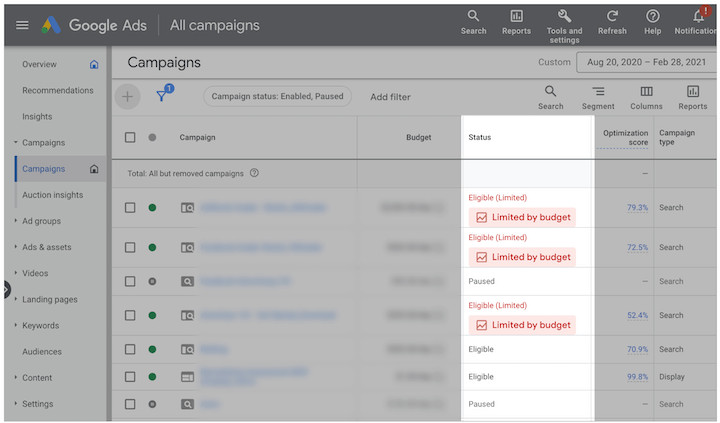
Use top-of-page bid to get a feel for what you need to bid to appear, and to appear high enough to get clicks and conversions.
7. Your landing pages are not optimized
Conversion rate optimization encompasses all kinds of strategies, but at the foundation is an optimized landing page.
This means it is:
- Responsive and fast-loading
- Unique to the offer and the audience you are targeting
- Closely associated with the ad that preceded it
And that it has:
- A powerful headline
- A prominent CTA
- Concise, benefit-focused copy
- Clean design with high-quality images
- Accessible, easy-to-use form
- Trust signals like testimonials, reviews, and partner badges
It’s not until you have these essentials in place that you can expect to get a solid baseline of conversions. From there, you can A/B test different elements to see how to further optimize.

Get more landing page examples here for inspiration.
8. Your ad copy needs work
There are a few directions this can go in. Maybe your click-through rate is high, but you’re capturing too-broad an audience which is lowering your conversion rates. If this is the case, try prequalifying your clickers with more specific ad copy that includes pricing, specific personas, or other criteria.
If you’re not getting enough clicks, your ad copy may be a snoozefest. Make sure it contains the keywords you’re targeting as well as your value prop or differentiators, and uses the language specific to that region.
For help with your ad copy model after these eye-catching Google Ads examples!
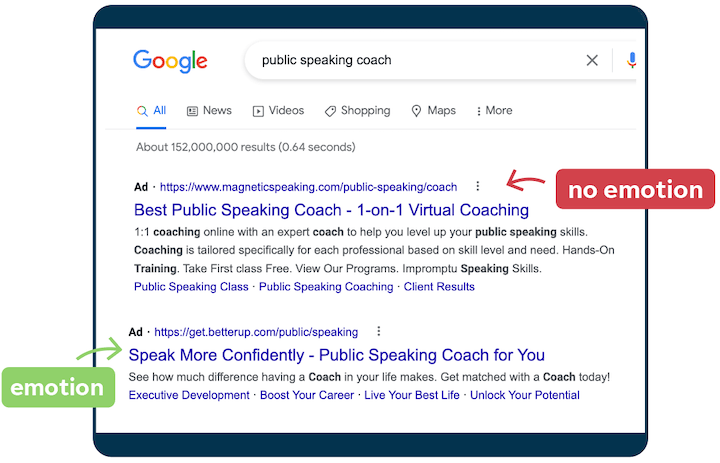
9. Keyword intent is misaligned
Even if your ads and landing pages are relevant to the keywords you are targeting, you could be making mistakes in the actual keywords you’ve chosen for your ads. Here are some things to check:
- Target commercial intent: Make sure you’re bidding on keywords with commercial and transactional intent. These keywords will include words like “buy,” “cheap,” “compare,” and more.
- Be specific: Long-tail keywords are more specific and can be cheaper and more relevant to your audience.
- Refine your match types: Google is all about broad match lately, but that doesn’t mean you should hop on board. Stick with phrase or exact.
- Add negative keywords: Monitor your search terms report to exclude terms that are triggering your ads to show that aren’t relevant.
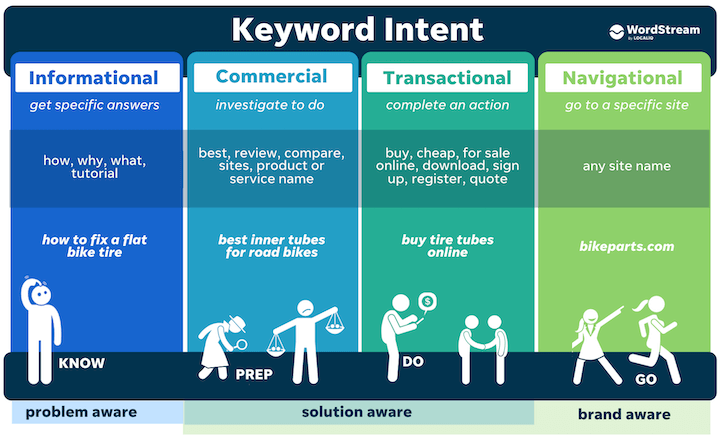
10. Not enough brand awareness
Last but not least, your Google Ads may not be converting because you simply haven’t generated enough brand awareness. Even though intent to buy is highest on search engines, a user is not likely to click on your ad if they’ve never heard of your business before. And they definitely won’t click on your ad if it appears alongside the ad of a brand they have heard of before.
This is why it’s important to have a multi-channel marketing strategy so that you can be exposing your audience to your brand across the web. This means that in addition to search engines, you should also be running ads on social media and across the Google Display Network—and that’s in addition to other marketing strategies like email and SEO.
Data has shown that display ads indirectly improve search ad conversion rates, so get started on your first campaign!
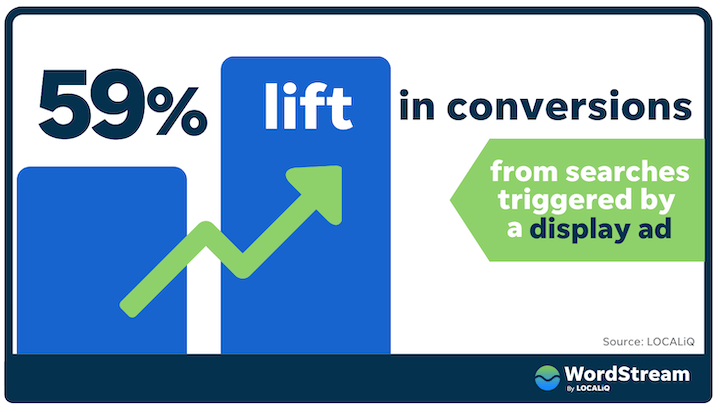
It’s’ time to get your Google Ads converting
As you can see, there are a number of reasons why your Google Ads aren’t converting. Fortunately, they all have solutions that are easy enough to implement. Here’s the summary!
- It’s too early
- Your expectations are too high
- Your conversion tracking is broken
- Your location targeting is off
- It’s a seasonal dip
- Your budget is too low
- Your landing pages are not optimized
- Your ad copy needs work
- Keyword intent is misaligned
- Not enough brand awareness
[ad_2]
Source link









